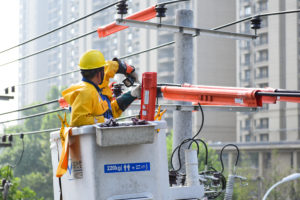The uneven development among “Global South” countries has added complexity to reach a unified stance
Chen Ying, Senior Research Fellow at Chinese Academy of Social Sciences
The development disparities within the “Global South” are widening. While a few emerging markets are thriving, many others are grappling with slow or stagnant growth, and some face economic decline, often exacerbated by regional conflicts. As the common responsibilities shared by South and North countries become less differentiated regarding emission reduction, the bloc’s interests on some key issues become more divergent.
For example, concerning financial matters, developed countries’ $100 billion commitment in aid to developing nations remains unfulfilled, and cooperation standards become more demanding with additional conditions. Consequently, some developing countries look toward China, which has provided up to 1,2 billion yuan under the framework of South-South climate cooperation since 2011, for international assistance, but sometimes with unrealistic expectations. Concerns regarding loss and damage from climate change have also gained significant attention from alliances including small island nations, least developed countries, and African nations. But there are technical challenges, such as quantifying loss and damage. If these challenges keep generalizing, they may put countries like China, which both contribute significantly to emissions and are vulnerable to severe climate impacts, in a dilemma.



